Zoho Inventory, TradeGecko, and Cin7 are among the best inventory management software for sales. These tools streamline inventory tracking and enhance sales efficiency.
Effective inventory management is crucial for any business aiming to optimize its sales processes. With the right software, businesses can automate stock levels, track orders, and manage multiple sales channels seamlessly. Zoho Inventory offers robust features like multi-channel selling and detailed analytics.
TradeGecko, now part of QuickBooks Commerce, provides powerful tools for order management and inventory optimization. Cin7 integrates with various platforms, ensuring real-time inventory updates and seamless sales operations. Selecting the best software depends on specific business needs, but these options provide comprehensive solutions for efficient inventory management and sales enhancement.
Table of Contents
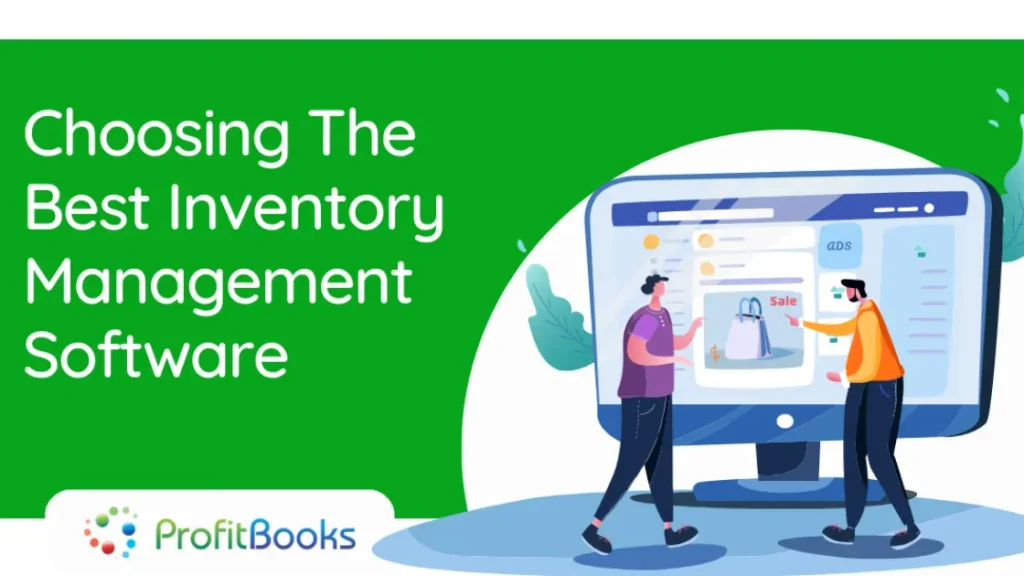
Credit: profitbooks.net
Introduction to Inventory Management Software
Inventory management software helps businesses manage their stock. This software tracks inventory levels, orders, sales, and deliveries. For sales teams, it ensures products are always available when needed. Let’s dive into why this software is important and what features to look for.
Importance for Sales
Inventory management software plays a crucial role in sales. It helps keep track of stock levels, preventing overstocking or stockouts. This ensures customers always get what they need.
Businesses can forecast demand better with inventory software. This improves customer satisfaction and boosts sales. The software also automates many tasks, saving time for sales teams.
Key Features
When choosing inventory management software, consider these key features:
- Real-time Tracking: Monitor inventory levels in real-time. This helps prevent stockouts.
- Order Management: Automate the order process. This ensures timely restocking.
- Reporting and Analytics: Generate reports and analyze sales data. This helps make informed decisions.
- Integration: Ensure the software integrates with other systems. This includes e-commerce platforms and accounting software.
- Barcode Scanning: Simplify inventory tracking with barcode scanning. This reduces human error.
Below is a table summarizing the key features and their benefits:
| Feature | Benefit |
|---|---|
| Real-time Tracking | Prevents stockouts |
| Order Management | Ensures timely restocking |
| Reporting and Analytics | Informed decision-making |
| Integration | Seamless workflow |
| Barcode Scanning | Reduces errors |
Top Software Options
Choosing the best inventory management software for sales can greatly boost your business efficiency. The right tool helps you keep track of your stock, reduces costs, and improves customer satisfaction. Here are some top software options to consider, categorized into popular choices and emerging tools.
Popular Choices
Several inventory management software options have stood out due to their reliability and features. Below are some popular choices that many businesses trust:
| Software | Features | Pricing |
|---|---|---|
| TradeGecko | Multi-channel sales, real-time tracking | Starts at $39/month |
| Zoho Inventory | Automation, order management | Free plan available; paid plans start at $39/month. |
| Fishbowl | Manufacturing, QuickBooks integration | Custom pricing |
Emerging Tools
Newer tools are also making a mark with innovative features. These emerging tools are worth considering for your business needs:
- inFlow Inventory: Barcode scanning, customizable reports, starting at $79/month.
- Stitch Labs: Multi-warehouse support, integration with eCommerce platforms, custom pricing.
- Ordoro: Shipping management and supplier management start at $59/month.
Benefits of Using Inventory Management Software
Inventory management software provides many advantages for sales teams. It helps streamline operations, reduce errors, and increase efficiency. Businesses can save time and reduce costs by using these tools.
Efficiency Boost
Inventory management software automates various tasks. It tracks stock levels in real time. Sales teams can access updated information instantly. This software reduces the need for manual data entry. It ensures that inventory levels are always accurate.
Efficient systems lead to faster order processing. This means quicker delivery times for customers. Speedy service can result in higher customer satisfaction. Below is a table showing some key efficiency benefits:
| Benefit | Description |
|---|---|
| Real-time Tracking | Monitor stock levels instantly. |
| Automated Tasks | Reduce manual work |
| Faster Order Processing | Quicker delivery times |
Error Reduction
Manual inventory management can lead to errors. These errors can be costly. Inventory management software reduces these risks. Automated systems can minimize human error.
Software can also alert you to low stock levels. This ensures you never run out of important items. Here are some ways it helps reduce errors:
- Automated alerts for low stock
- Elimination of manual data entry
- Accurate stock level tracking
Reducing errors leads to more accurate inventory counts. This can save money and prevent stockouts.
Factors To Consider
Choosing the best inventory management software for sales can be challenging. Several factors play a crucial role in making the right decision. This section will help you understand what to look for to ensure the software meets your business needs.
Scalability
Scalability is a key factor for growing businesses. Your inventory management software should scale with your business. It should handle increased inventory, sales, and customer data. Scalability ensures the software remains effective as your business grows. Look for features like:
- Support for multiple locations
- Ability to manage a large number of SKUs
- High transaction processing speed
Integration Capabilities
Integration capabilities are essential for a seamless workflow. Your inventory management software should integrate with other business tools. This includes:
- Accounting software
- Customer Relationship Management (CRM) systems
- eCommerce platforms
Integrations streamline operations and reduce manual data entry. Look for software with:
- API support for custom integrations
- Pre-built connectors for popular tools
- Real-time data synchronization
Choosing the right inventory management software involves careful evaluation. Focus on scalability and integration capabilities to ensure your business thrives.
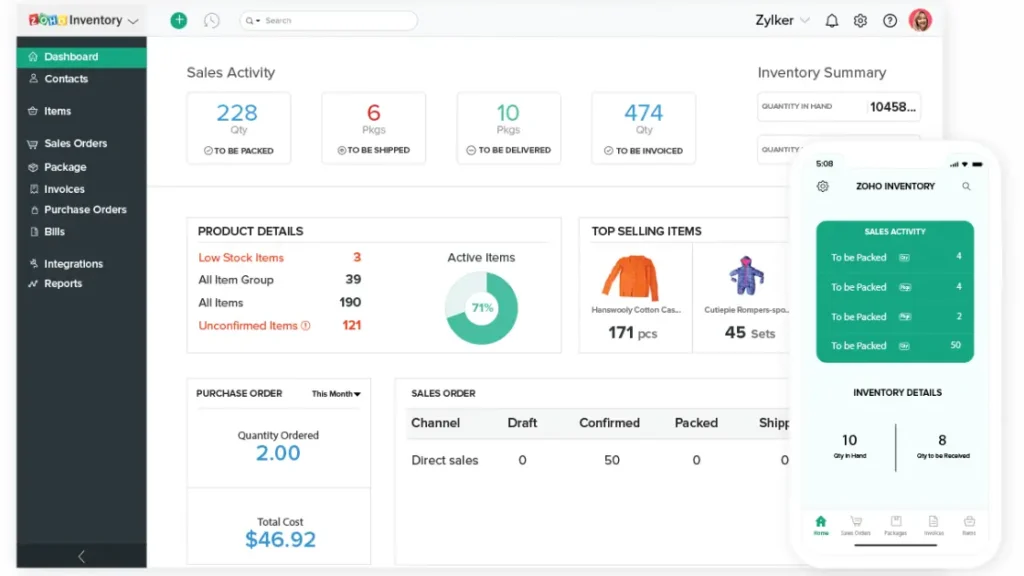
Credit: www.zoho.com
Cost Analysis
Analyzing the cost of inventory management software is critical. It impacts your sales and profit margins. This section breaks down the costs involved. We cover subscription models and potential hidden fees.
Subscription Models
Subscription models vary widely across inventory management software. Here’s a quick breakdown:
| Model | Description | Monthly Cost |
|---|---|---|
| Basic | Essential features with limited users. | $29 |
| Standard | More features and a moderate user limit. | $59 |
| Premium | Full features with unlimited users. | $99 |
Basic plans suit small businesses. Standard plans are ideal for growing businesses. Premium plans offer advanced features for large enterprises.
Hidden Fees
Hidden fees can surprise you and blow your budget. Be aware of these potential charges:
- Setup Fees: Some software requires a one-time setup fee.
- Training Fees: Charges for user training sessions.
- Support Fees: Costs for customer support beyond basic help.
- Customization Fees: Fees for tailoring the software to your needs.
Setup fees can be as high as $500. Training fees range between $50 and $200 per session. Support fees could add up, costing around $20 per hour. Customization fees vary, but expect to pay upwards of $100.
Understanding the full cost of inventory management software helps you make an informed decision. Check for hidden fees and choose the right subscription model.
User Experience
The user experience of inventory management software is crucial. A seamless interface can save time and reduce errors. Let’s delve into the user experience with a focus on ease of use and customer support.
Ease of Use
Ease of use is vital for inventory management software. A simple and intuitive interface is key. Users need to navigate the system effortlessly.
Drag-and-drop features make tasks quicker. They help in organizing inventory without hassle. Search functionality should be robust. Users must find items and data swiftly.
- Clear dashboards for quick insights
- Customizable templates for different needs
- Real-time updates for accurate information
An easy-to-use software boosts productivity. It reduces training time for new users. An intuitive system also minimizes errors.
Customer Support
Customer support is essential for inventory management software. Good support can resolve issues quickly. It ensures smooth operations.
24/7 customer service is ideal. Users might face problems at any time. Live chat options allow instant help.
| Support Type | Benefits |
|---|---|
| Phone Support | Direct and personal interaction |
| Email Support | Detailed instructions and records |
| Live Chat | Instant solutions and guidance |
Knowledge bases and video tutorials are also helpful. They provide self-help options. Users can learn at their own pace.
Good customer support builds trust. It ensures users stay satisfied. They can rely on the system at all times.
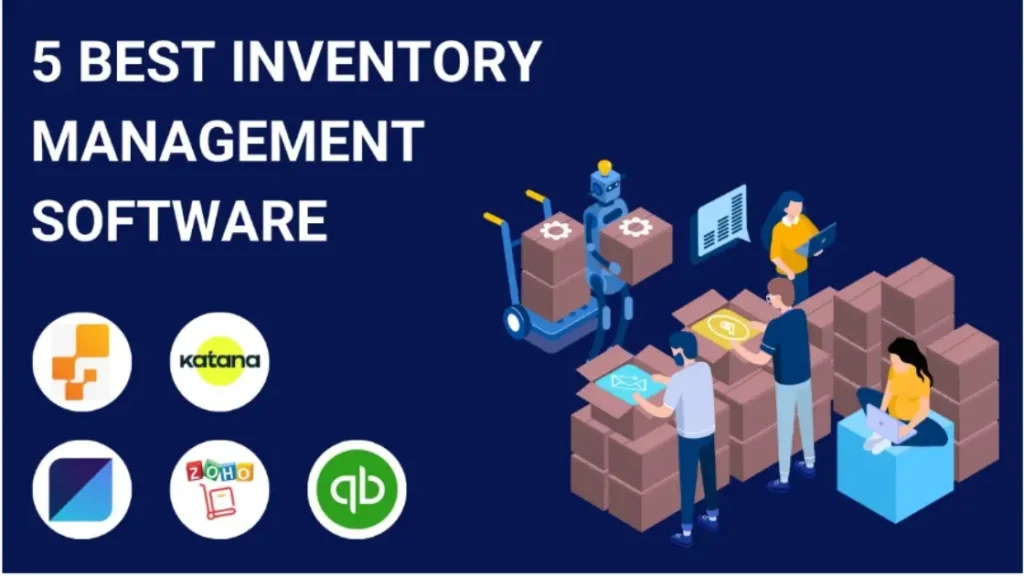
Credit: www.youtube.com
Case Studies
Discover how different businesses benefit from the best inventory management software for sales. These case studies illustrate real-world success stories. They highlight the impact on both small businesses and enterprises.
Small Business Success
Small businesses often struggle with inventory management. Efficiency is crucial for their growth. Let’s explore a success story:
Business Name: The Fruit Company
Challenges:
- Overstocking and spoilage of perishable goods
- Difficulty in tracking inventory levels across multiple sales channels
Solutions:
- Implemented Square for Retail, which offers integrated inventory management features tailored for small businesses.
- Utilized real-time inventory tracking and alerts for low stock levels.
Results:
- Achieved a 30% reduction in waste due to better management of perishable items.
- Experienced a 25% increase in sales over six months as a result of improved inventory accuracy and customer satisfaction.
Enterprise Solutions
Company Name: Zara (Inditex)
Challenges:
- Managing a vast array of products across global markets with frequent stockouts and overstock issues.
- Coordinating inventory across multiple warehouses and retail locations.
Solutions:
- Adopted SAP Integrated Business Planning (IBP) to centralize inventory management and enhance visibility across the supply chain.
- Implemented advanced analytics to forecast demand more accurately and optimize stock levels.
Results:
- Realized a 15% reduction in stock-out events, ensuring that popular items were consistently available for customers.
- Achieved a 25% increase in order fulfillment speed, significantly enhancing customer satisfaction and loyalty.
Future Trends
Future trends in inventory management software are shaping the sales industry. Businesses are increasingly relying on advanced technologies to streamline operations and enhance efficiency. The most notable trends include AI integration and cloud-based solutions. These innovations promise to revolutionize how companies manage their inventories.
AI Integration
Artificial Intelligence (AI) is transforming inventory management. AI predicts demand patterns with high accuracy. This ensures optimal stock levels and reduces wastage. Machine learning algorithms analyze vast amounts of data. They identify trends that humans might miss. AI-driven systems can automate routine tasks. This frees up human resources for more strategic activities.
AI also enhances supply chain visibility. It provides real-time insights into inventory status. This leads to better decision-making and improved customer satisfaction.
Cloud-based Solutions
Cloud-based inventory management offers numerous advantages. It ensures data accessibility from anywhere. This is crucial for businesses with multiple locations. Cloud solutions provide real-time updates on stock levels. This helps in avoiding stockouts and overstocking.
Cloud platforms are scalable. They grow with your business without requiring major investments. They also offer enhanced security features. This safeguards sensitive inventory data from breaches.
These solutions integrate seamlessly with other business systems. This includes ERP and CRM platforms. This integration streamlines operations and enhances overall efficiency.
| Feature | AI Integration | Cloud-Based Solutions |
|---|---|---|
| Predictive Analysis | High accuracy in demand prediction | Real-time stock updates |
| Automation | Automates routine tasks | Accessible from anywhere |
| Scalability | Adapts to changing needs | Grows with your business |
| Integration | Enhanced supply chain visibility | Seamless integration with ERP and CRM |
Conclusion
Choosing the best inventory management software can transform your sales process. The right tool boosts efficiency, accuracy, and customer satisfaction. Evaluate features, pricing, and user reviews to find the perfect fit. Remember, a well-managed inventory leads to increased profits and smoother operations.
Invest wisely for long-term success in your sales strategy.

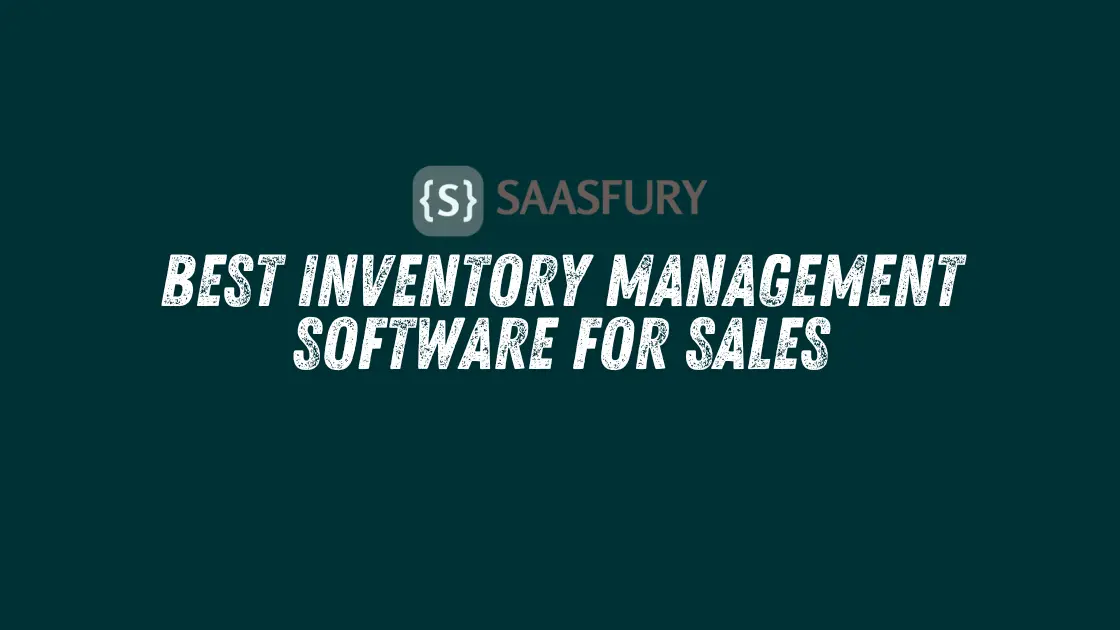

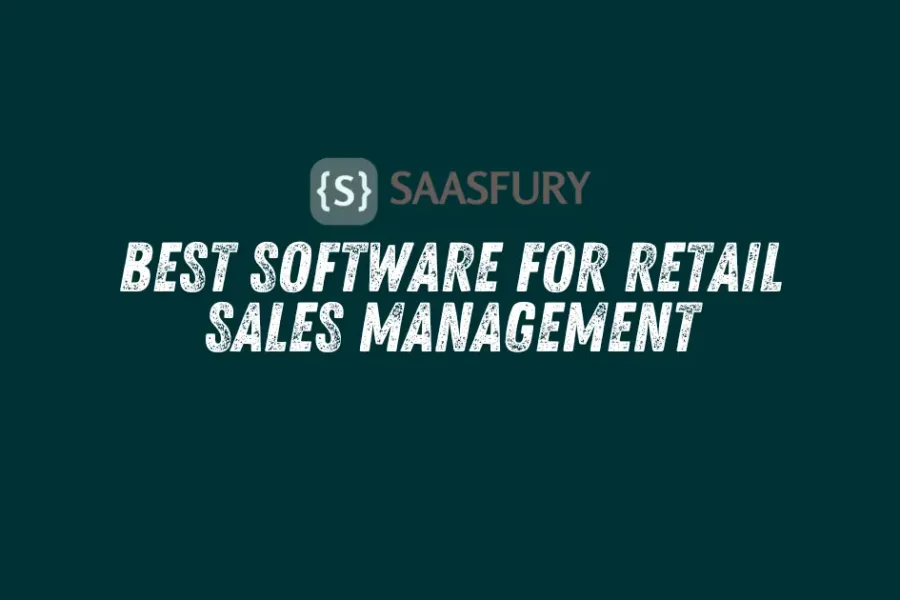


Leave a Comment